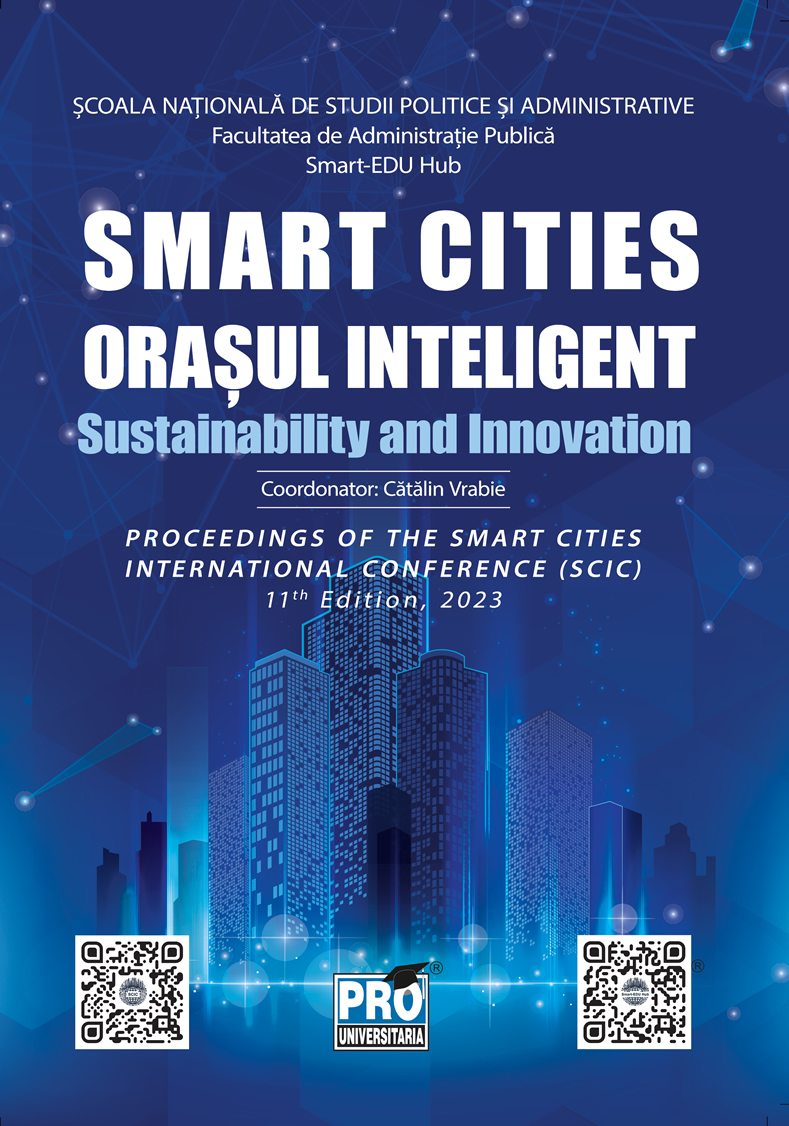Digital divide, smart assistive technologies and ageing people
Keywords:
gerontotechnology, rehabilitation medicine, interdisciplinarity, age-friendly environmentAbstract
Objective: To define the causes and potential solutions for the digital divide in the ageing population. Prior work: The digital divide between generations is somehow logical, because digital technologies evolved when today’s elders were already retiring from professional activity. The pressure to use digital technologies comes later, when you need to monitor your functional and activity parameters, when you are isolated at home and have to talk to your family and your family doctor, when you need information in real time and the best source is the internet. Approach: Bibliographic research and case studies. Results: Digital assistive solutions progressed from assisting a function, increasing safety and the general level of activity, to improving physical, psychological condition and behaviour, then to solutions able to optimise task-oriented behaviour, then to enhancing social participation and now we talk about ecosystems and sustainability. The role of multidisciplinary teams implementing, in interdisciplinary approach, the principles of Physical and Rehabilitation Medicine and of the International Classification of Functioning, Disability and Health is crucial in developing such solutions. Implications: The stage we are now in is searching for the best solutions to find the friendliest interfaces, the easiest way to really implement smart in valuable feasible and sustainable services, but we are also searching ways to teach, train and coach the potential users of digital assistive solutions and for all other available ICT and sensor-based assistive technologies. Value: We go against the Cancel-Culture. In fact, we need to add two more domains to people's culture: the Active and Healthy Ageing Culture and the Digital Culture, and we need to make people aware of the importance of Ageing Well and of the fact that we are all relevant citizens of this imperfect society, where all lives matter.
Downloads
Published
Issue
Section
License
Copyright (c) 2024 Ileana CIOBANU, Laszlo IRSAY, Jensen JOYMANGUL, Peiman Alipour SARVARI, Alina ILIESCU, Rozeta DRAGHICI, Mihaela ZAMFIR, Francesco AGNOLONI, Mihai Viorel ZAMFIR, Matei TEODORESCU, Mihai BERTEANU

This work is licensed under a Creative Commons Attribution-NonCommercial-NoDerivatives 4.0 International License.


